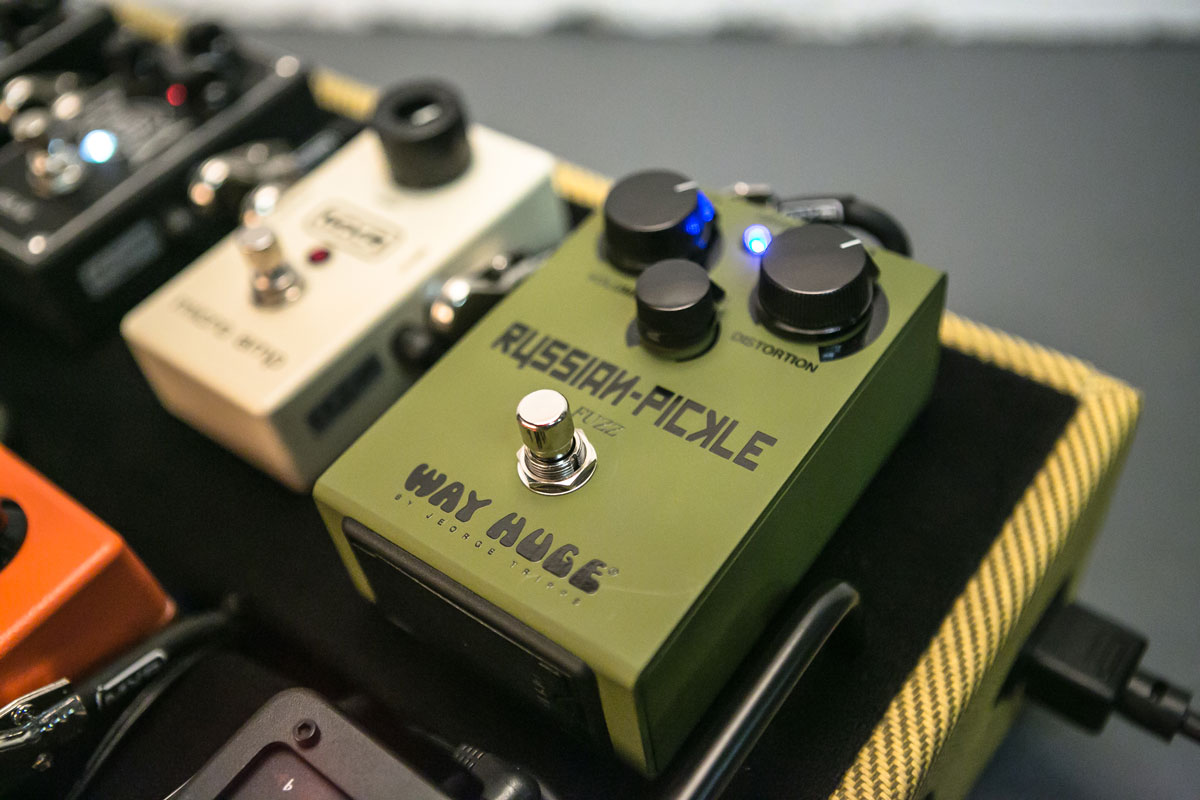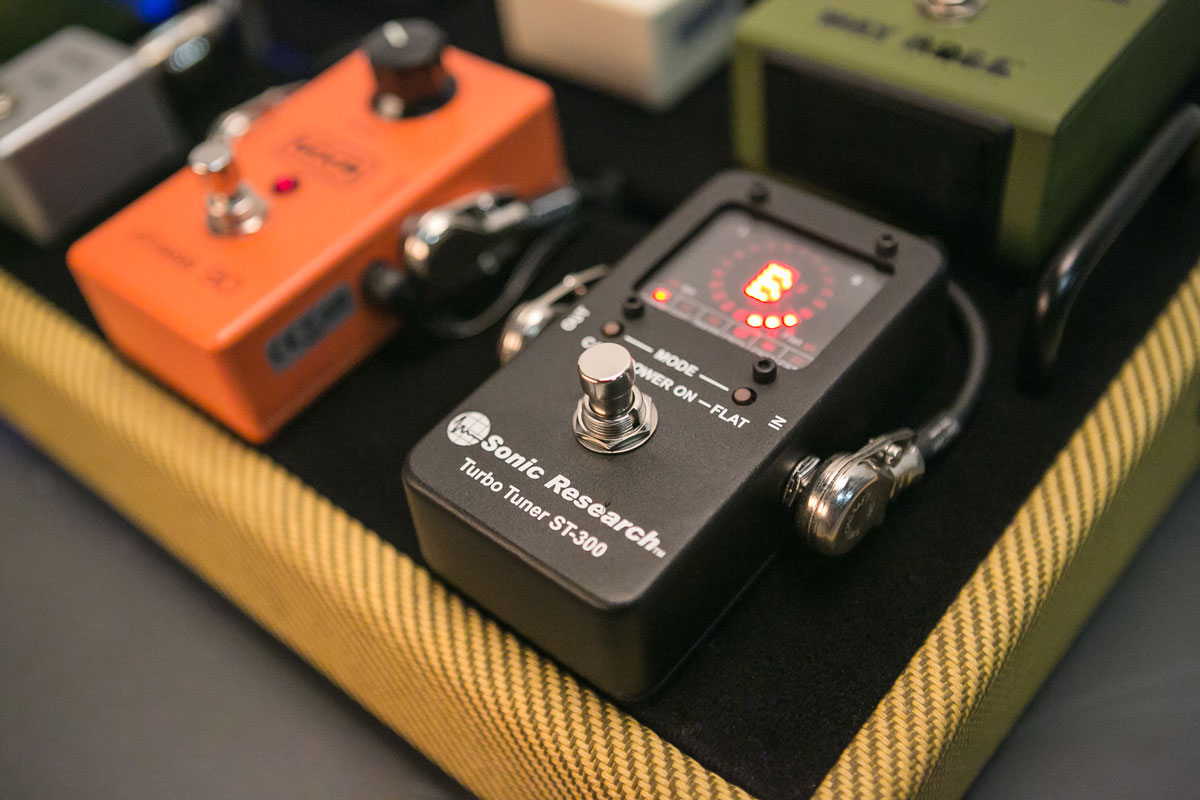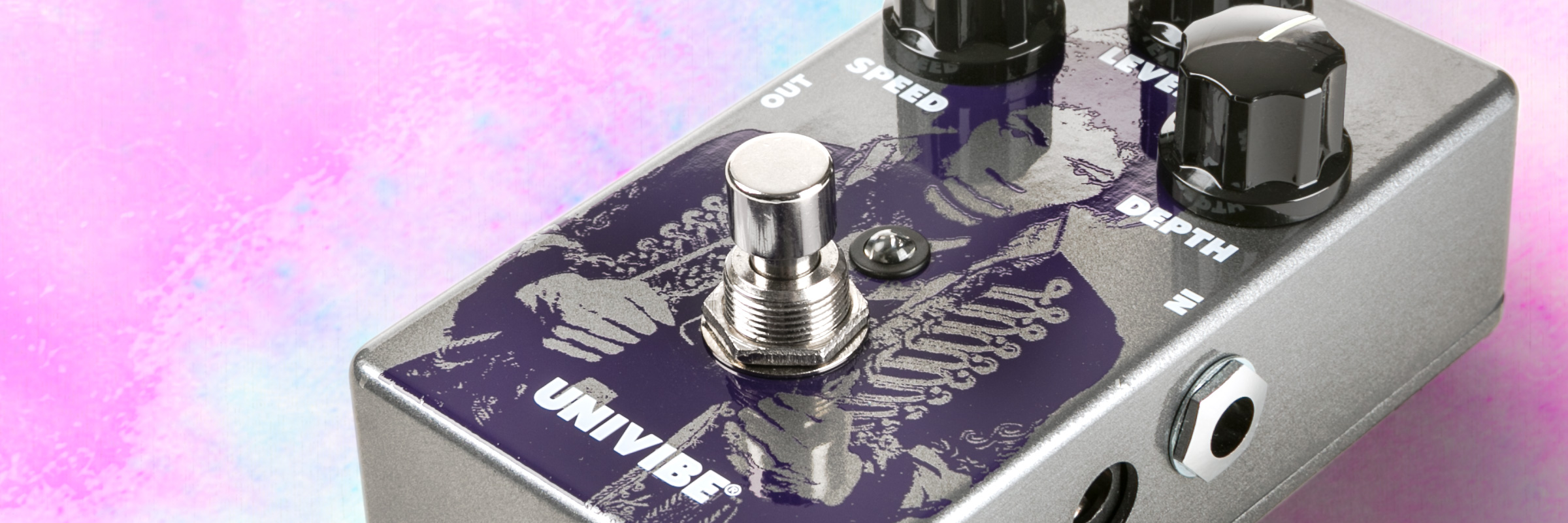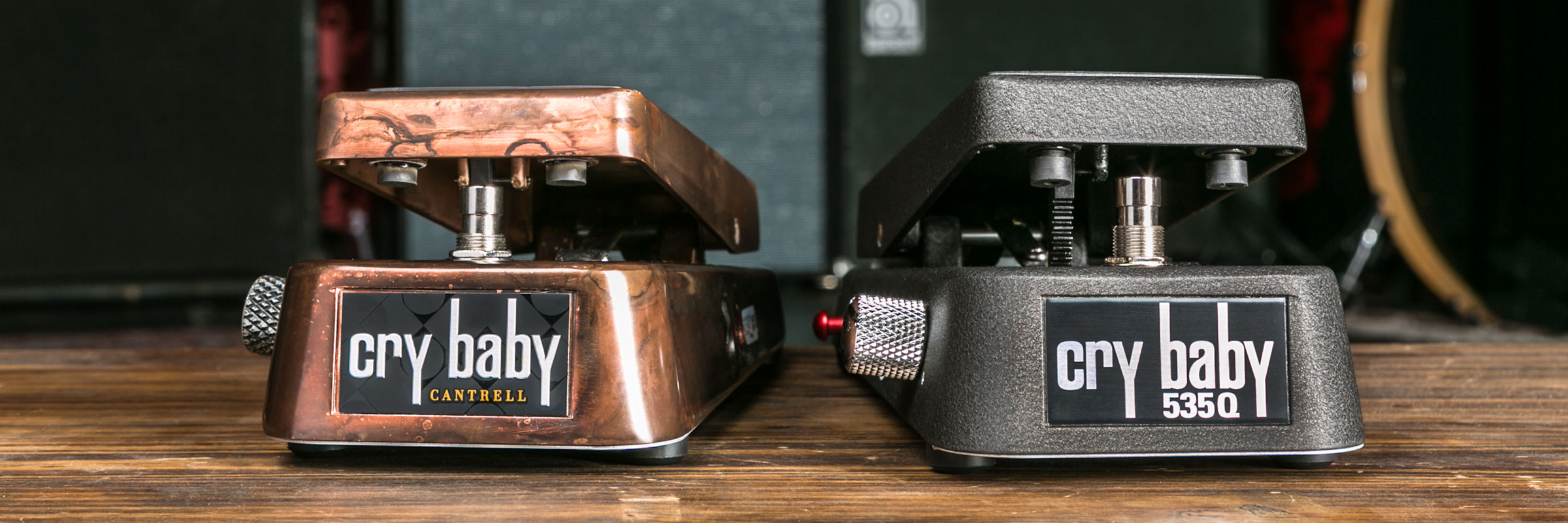This month’s prize is what we call the Indie Board. It’s all about tried-and-true minimalism—classic sounds that are easy to set and forget. Check out what’s up for grabs.
MXR® Reverb

While its capabilities go deep, the MXR® Reverb works perfectly as a simple three-knob stompbox that will drench your notes with lush, atmospheric reverberation. Simply push the Tone control to select one of six distinct reverb styles, dial in your preferred knob settings, and start playing.
Echoplex® Delay

The Echoplex® Delay delivers the warm tape echo warble favored by many indie and alt rock musicians. With an Age control that lets you mimic the effects of worn-out tape, this pedal allows you to set just how fluttery your repeats are. Sure beats having to invest in an expensive, temperamental vintage unit and the rare tape cartridges it requires.
MXR® Micro Amp

The Micro Amp is the perfect embodiment of indie and alternative rock’s no-frills, less-is-more ethos. With just a single knob, it can sweeten up the tone of your instrument as well as slam the front of your tube amp into rich overdrive territory.
Way Huge® Russian Pickle™ Fuzz

The Russian Pickle™ Fuzz delivers quintessential indie rock fuzz, from big hairy walls of sound to thick, chewy riffage. Turn up the Volume control, use the Tone control to shape the fuzz how you want it, and then use the Distortion control to ramp up the intensity.
Way Huge® Green Rhino™ Overdrive

The Green Rhino™ Overdrive provides the fiery, jangly midrange favored by indie and alt rockers. Like the MXR Reverb, this pedal has options if you need them, but it does everything you need as a straightforward Volume, Tone, Drive OD. You can even flip the Classic switch to disable the other controls.
MXR® Tap Tempo

The MXR® Tap Tempo Switch comes connected to the aforementioned Echoplex Delay, allowing you to set the tempo of your repeats so you don’t have to bend down and mess around with the Delay control mid-set.
MXR® Phase 90

The MXR® Phase 90 is the quintessential phaser, period. Its one-knob simplicity means less time fiddling and tweaking, making this the go-to phaser for indie and alt rock players. With the twist of the Rate knob, you can take the Phase 90’s warm modulation from subtle, spatial shimmer to all-out high velocity swooshing.
Sonic Research Stomp Box Strobe Tuner

The Sonic Research Turbo Tuner ST-300 is a true stroboscope. Its LEDs are driven directly by the analog input signal and electronically strobed, providing instant response and high accuracy.
MXR® Iso-Brick™ Power Supply

Finally, you need a reliable power supply. We tucked the lightweight and pedalboard-friendly Iso-Brick™ Power Supply underneath the West Coast board, where it has ten fully isolated outputs ranging from 9V to 18V, including two variable 6V-15V outputs. The two variable outputs can be used to emulate voltage sag, a drained battery effect sought by many vintage tonechasers. Test this out with your dirt pedals to see what kind of gnarly, lo-fi tones you can get when you drop their power below 9 volts.
West Coast Pedalboard, Angled Series

All of the above comes mounted on the sharp looking, finely made Lacquered Tweed Standard Angled Series with matching case from West Coast Pedalboard.
Enter Now.

We’re giving away one pedalboard each month from September to December. Head over to the America’s Saddest Pedalboard Contest page for details and rules.










































